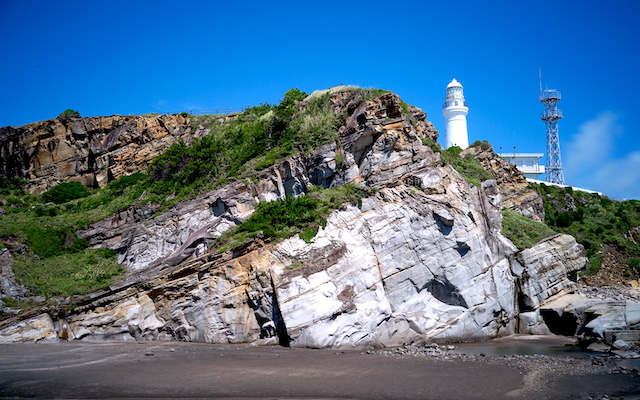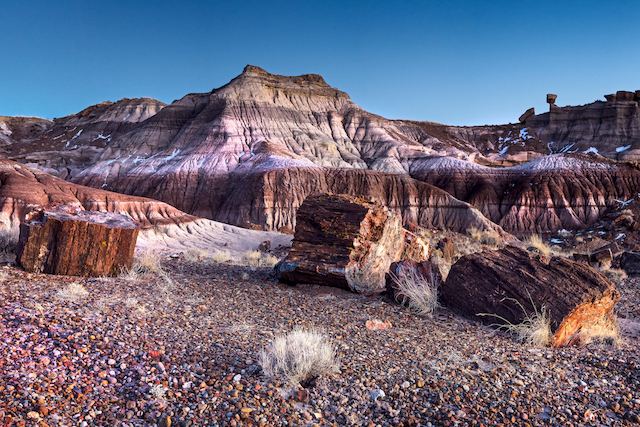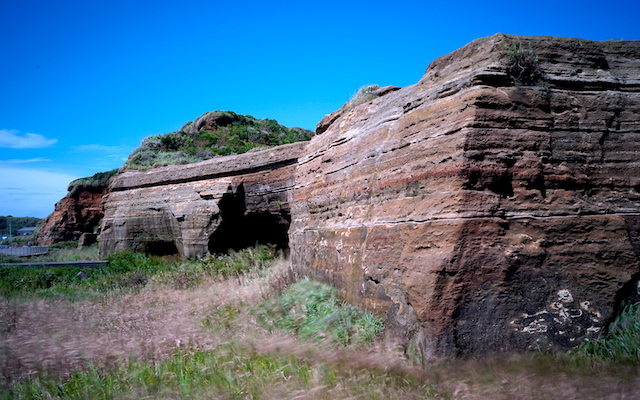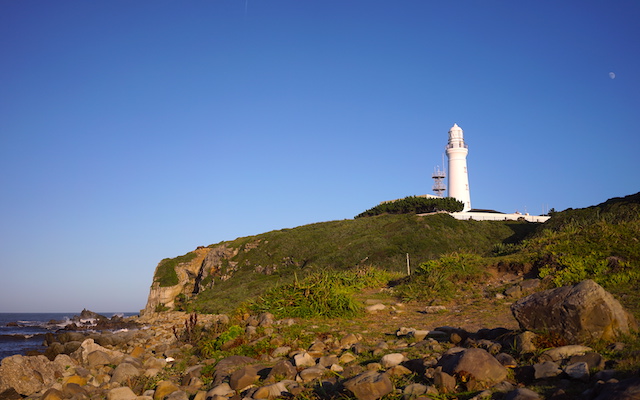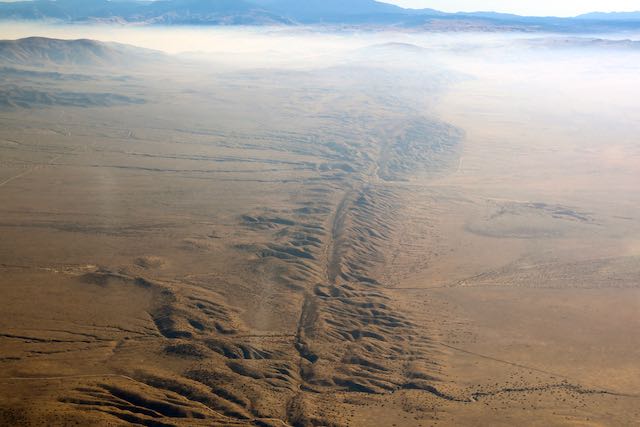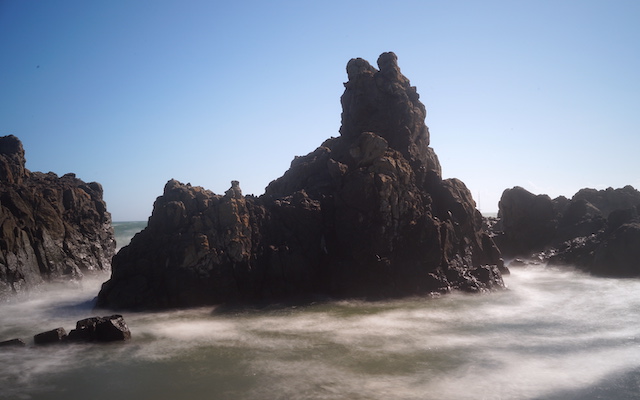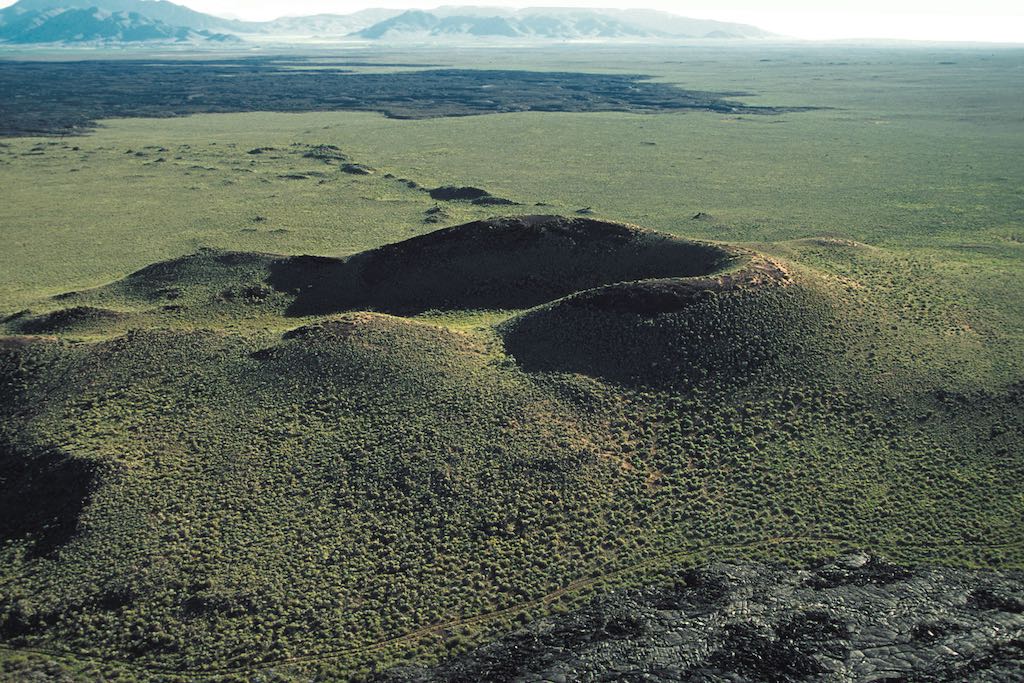
The best lava terrain in the continental United States
This beautiful mortar-shaped crater looks like the remains of a meteorite impact, but it is actually a volcanic crater created by an eruption.
This is Crater of the Moon National Park, located in south-central Idaho, USA, where more than 25 craters are lined up in a straight line, making it one of the best lava formations in the continental United States.
It is a volcano, but its name is “Crater of the Moon”. An American who visited the site in the 19th century described it as “land like the surface of the moon”, which led geologists to name it “Crater of the Moon”. That was in 1923.
Incidentally, there is an episode that NASA’s lunar exploration team (the second group of the Apollo program) visited here in 1969 to study volcanic geology. The name may have had an effect, as well as the characteristics of the terrain.
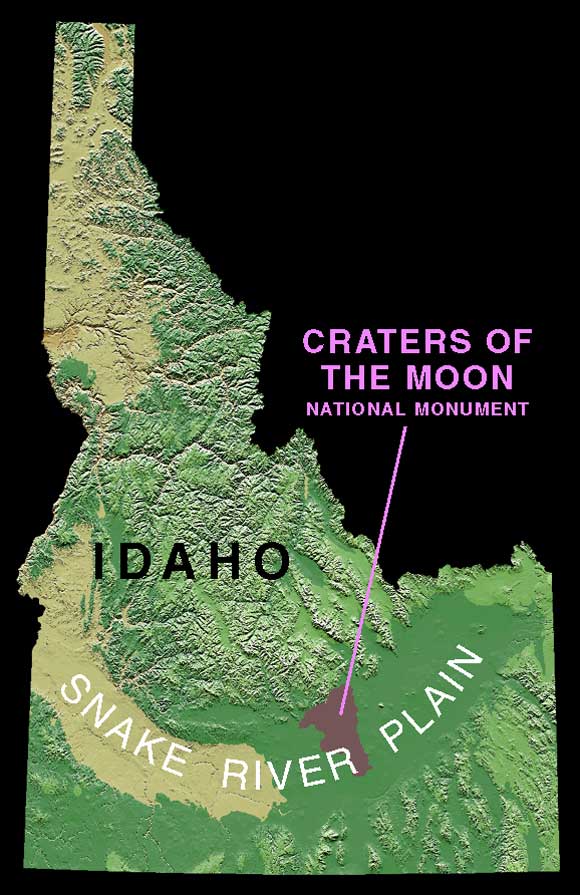
The craters are located on the Snake River Plain at an elevation of about 1,800 meters, and most of them are aligned along the Great Rift, a crack in the earth’s crust that extends in a north-south direction. The Great Rift is about 85 kilometers long, and during an eruption, lava would have erupted from the cracks, creating a long curtain of lava.
Intermittent eruptions since 15,000 years ago
The lava formations in Crater of the Moon National Park were formed during the Holocene, the most recent geological era. The Holocene is a geological era that began about 10,000 years ago, after the end of the last glacial period, and includes the present time in which we live.
The lava eruptions started about 15,000 years ago and continued intermittently along the Great Rift until it ended about 2,000 years ago. It may seem a little strange that the crust of the earth would crack and lava would erupt in the mainland United States, which is not a volcanic region like Japan or Iceland.
The volcanoes in Crater of the Moon National Park are basically hotspot volcanoes, just like in Hawaii. However, that does not mean that this location is the current hot spot. Yellowstone, about 300 kilometers northeast of here, is the current location of the hot spot.
Hot spot volcanoes are volcanoes in which hot rocks rise from the mantle deep inside the earth and erupt as magma near the surface. Therefore, even if the plates on the Earth’s surface above the mantle move, the location of the hot spot, that is, the place where the lava erupts, does not change.
A long time ago, about 10 million years ago, there was a hot spot underneath the Crater of the Moon National Park, but as the North American Plate, which includes the U.S. mainland, moved, the hot spot moved to its current location near Yellowstone.
It is important to note that it had not erupted yet 10 million years ago. When the Crater of the Moon National Park was right above the hotspot, magma was just being stored underground. After the hot spot was gone, the magma pool remained hot and finally started to erupt around 15,000 years ago.
Characteristic blue lava
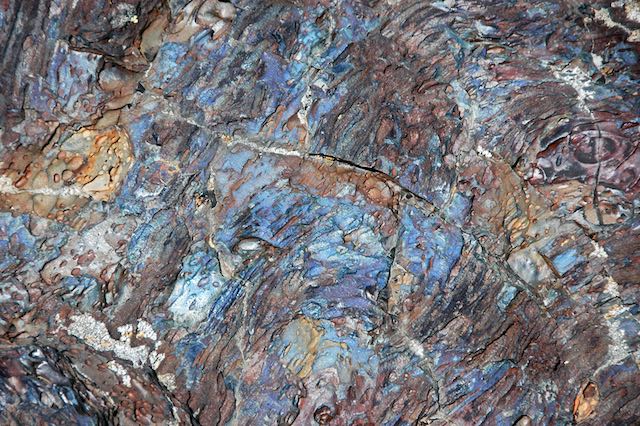
Let’s also take a look at the lava in this area. In Crater of the Moon National Park, where various volcanic eruptions can be seen, the unique blue lava is particularly striking. Most of the lava is black or brown in color, but in some places you can see bright cobalt blue lava.
This blue lava, called the Blue Dragon Lava Flow, is a basalt rock. The blue is only on its surface.The blue color is thought to be the result of the oxidation of fine particles of magnetite, an iron mineral contained in basalt, or the incorporation of titanium into them.
In addition to the blue lava, lava tree molds and lava tubes are also characteristic. A lava tree mold is a tree that was swallowed by the lava during an eruption, and after it burns down, its tissue and outline are left on the surface of the lava. They are not “trees made of lava”, but traces of trees copied onto the surface of the lava.
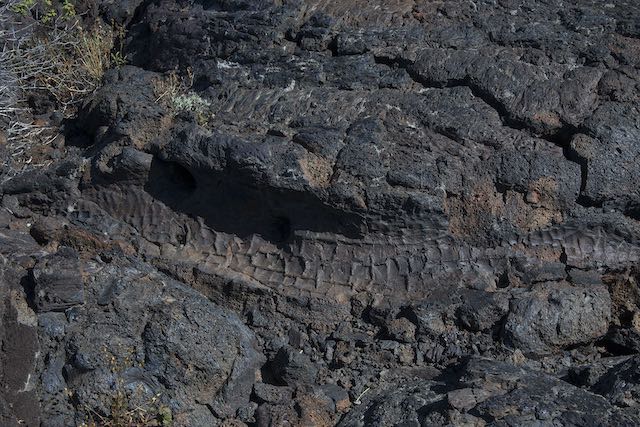
As the name suggests, a lava tube is a cave made of lava, but the way it was formed is a bit surprising. They are tunnels that were once the path of lava.
As the lava banks grow taller, they become attached to each other on the upper side of the lava flow. In this way, the path of the lava becomes a cave.
Lava tubes are structurally fragile and vulnerable to erosion, so they can only be seen in relatively new lava formations. Lava tubes are another unique feature that can only be seen in Crater of the Moon National Park, which is a Holocene lava landscape.
References
Katsuaki Watanabe (2020) Utsukushisugiru chigaku Jiten (Handbook of the Most Beautiful Geological Wonders), Tokyo: Shuwa System [published in Japanese].
American Mineralogist | “Blue Dragon” Basalt from Craters of the Moon National Monument, Idaho: Origin of Color
Wikipedia | Craters of the Moon National Monument and Preserve
Location
Translated with www.DeepL.com/Translator (free version)



